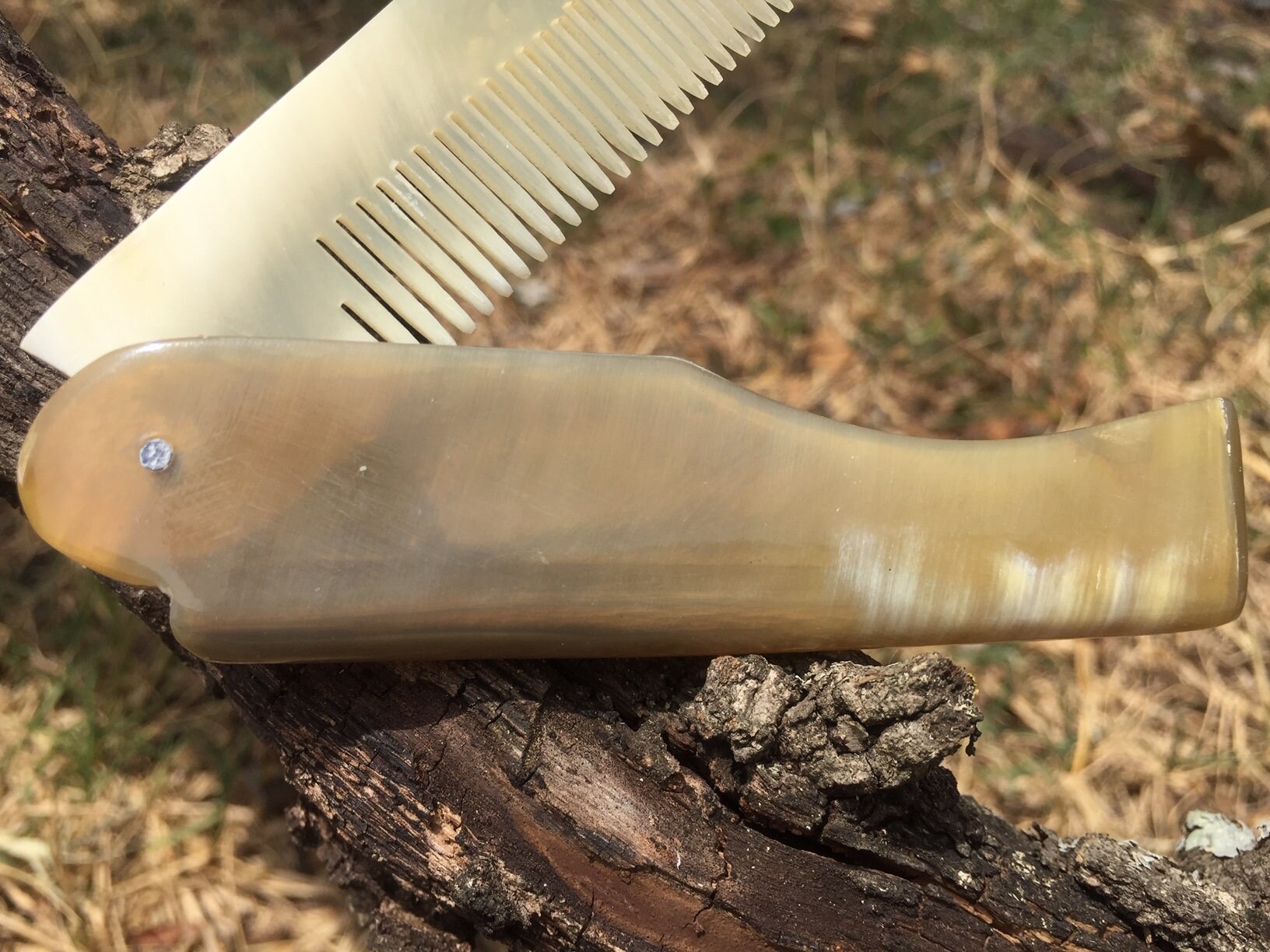

This study scientifically support the house fattening feeding system for yaks. The metabolites with significant differences were significantly enriched in purine metabolism (xanthine, adenine, inosine, etc.), tyrosine metabolism (L-tyrosine, dopaquinone, etc.), phenylalanine metabolism (dihydro-3-caumaric acid, hippuric acid, etc.), and cAMP signaling pathway. Also, metabolomics revealed that the change in the feeding system significantly affected the concentration and metabolic pathways of the related rumen metabolites. At the genus level, the abundance of Rikenellaceae RC9 Gut group, Christensenellaceae R-7 group, Lachnospiraceae NK3A20 group, Ruminococcaceae UCG-014, and Prevotellaceae UCG-003 showed significant differences and was closely related to rumen development in the two distinct feeding systems. We found that compared to traditional grazing feeding, house feeding significantly improved the growth performance (such as average daily gain and net meat weight) and rumen development of the yaks. Here, we comprehensively compared the effects of different feeding systems on the growth performance and ruminal development of yaks, and investigated the effects of ruminal microorganisms and metabolites using the 16S rRNA gene sequencing and liquid chromatograph–mass spectrometer (LC-MS) technologies. The change in the feeding system can greatly improve the growth performance of the yak ( Bos grunniens ), an important livestock species in the plateau region. This study lays a technical foundation for more efficient development of hornless Sanhe cattle by using marker assisted selection in the future. Collectively, these evidences support that the hornless gene in Sanhe cattle derives from Mongolian cattle although European cattle breeds involved in the breeding process of Sanhe cattle. Meanwhile, Sanger sequencing confirmed the identical hornless allele nucleotide sequence shared between Sanhe cattle and Mongolian cattle. No European cattle-origin hornless alleles were detected in Sanhe cattle. The result revealed that the three hornless Sanhe cattle (two heterozygous and one homozygous) carried the same hornless allele as the two To investigate the type and the origin of polled allele in Sanhe cattle, we collected bio-samples from seven breeding bulls of Sanhe cattle (three hornless, four horned) as well as twenty Mongolian cattle (two hornless, eighteen horned) for genotyping of the three hornless alleles using the allele-specific PCR assays. Interestingly, a hornless Sanhe strain has beendeveloped by selective breeding. The Sanhe cattle is a dual-purpose breed used for milk and meat production and originated from crossbreeding of multiple breeds in Inner-Mongolia. The hornless, a favorable genetic condition in modern cattle production, is an autosomalĭominant trait with three different alleles originated from European cattle and Mongolian cattle. It is concluded that yaks of Shimshal, Khaplu and Haramosh valleys were genetically distinct from yak populations in Chapurson, Hopar and Phandar valleys, indicating that the free‐range conditions and pastoral yak rearing system in the region have preserved the underlying genetic diversity of the yak populations. Genetic distances were largest between Shimshal and Khaplu populations, and lowest between populations of Phandar and Hopar. Three distinct genetic clusters were found for the six yak populations under study. A low FIS value indicated that individuals were less related than expected under a model of random mating.

Average genetic diversity was highest in the Hopar population and lowest in the Haramosh population. Overall, the mean observed heterozygosity was similar to the mean expected heterozygosity. Larger body measures and partially different physical appearance were observed in Shimshal and Khaplu yaks, especially when compared with yaks in the Chapurson valley. We therefore used phenotypic characteristics and 13 microsatellite loci to determine the phenotypic differences and the level of genetic differentiation between populations of six valleys. However, little is known about the current status of the domestic yak in this region.

Hence, the importance of yak (Bos grunniens) keeping in the mountain ranges as risk‐mitigating strategy for mountain dwellers will potentially increase. Due to climate change, irrigated agriculture may become restricted in the mountain valleys in northern Pakistan in the future.


 0 kommentar(er)
0 kommentar(er)
